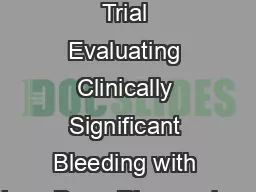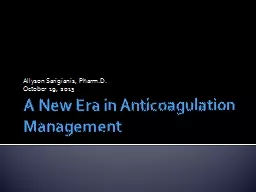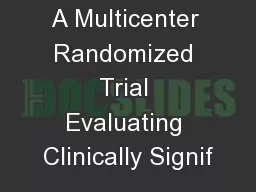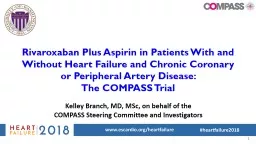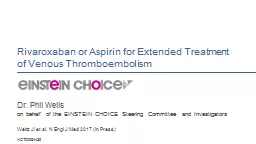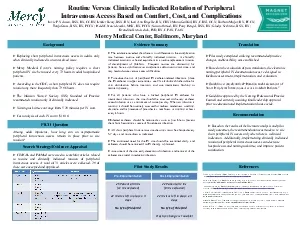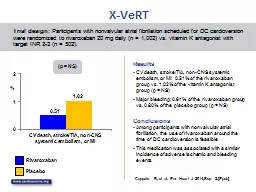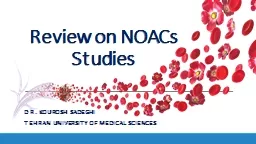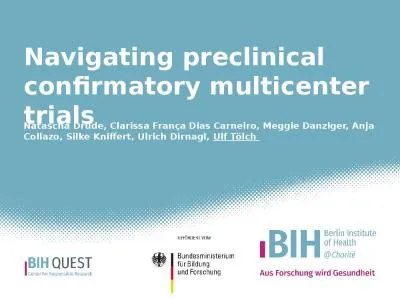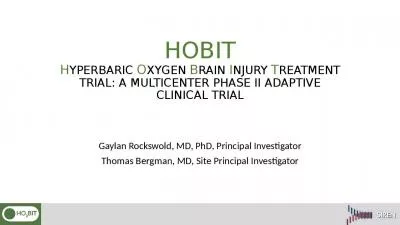PPT-A Multicenter Randomized Trial Evaluating Clinically Significant Bleeding with Low-Dose
Author : celsa-spraggs | Published Date : 2018-12-05
Magnus Ohman MB on behalf of the GEMINIACS1 Investigators Committees and D isclosures Academic Executive Committee E Magnus Ohman MB Cochair C Michael Gibson MS
Presentation Embed Code
Download Presentation
Download Presentation The PPT/PDF document "A Multicenter Randomized Trial Evaluatin..." is the property of its rightful owner. Permission is granted to download and print the materials on this website for personal, non-commercial use only, and to display it on your personal computer provided you do not modify the materials and that you retain all copyright notices contained in the materials. By downloading content from our website, you accept the terms of this agreement.
A Multicenter Randomized Trial Evaluating Clinically Significant Bleeding with Low-Dose: Transcript
Download Rules Of Document
"A Multicenter Randomized Trial Evaluating Clinically Significant Bleeding with Low-Dose"The content belongs to its owner. You may download and print it for personal use, without modification, and keep all copyright notices. By downloading, you agree to these terms.
Related Documents

